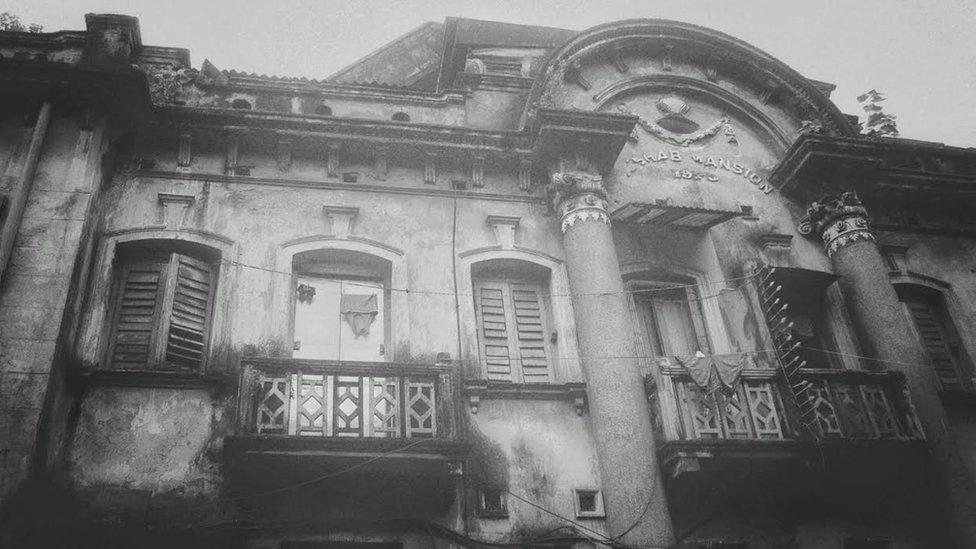Balkrishna Doshi: The work of India's Pritzker Prize winner
- Published
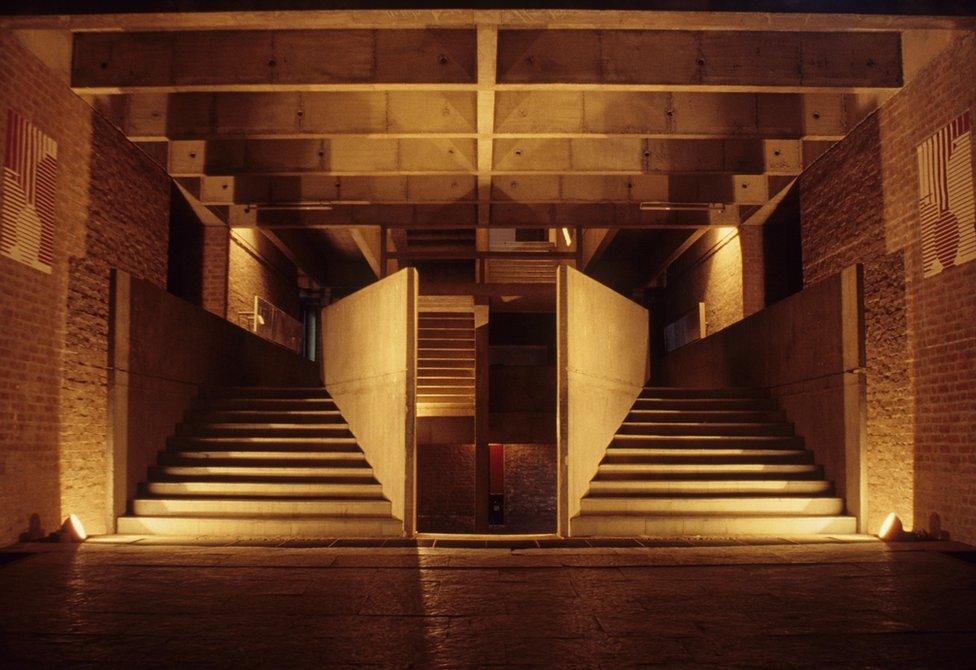
The School of Architecture at CEPT university in Ahmedabad is one of Doshi's most famous buildings
Architect Balkrishna Doshi, known for his pioneering work in low-cost housing, has won this year's prestigious Pritzker Prize. Doshi, 90, is the first Indian to win the award, which is regarded as the highest honour in the field.
"Balkrishna Doshi has always created an architecture that is serious, never flashy or a follower of trends," said the Pritzker jury.
Over a career spanning six decades, Doshi became one of the most influential architects of post-independence India, fusing international modernist principles with local traditions.
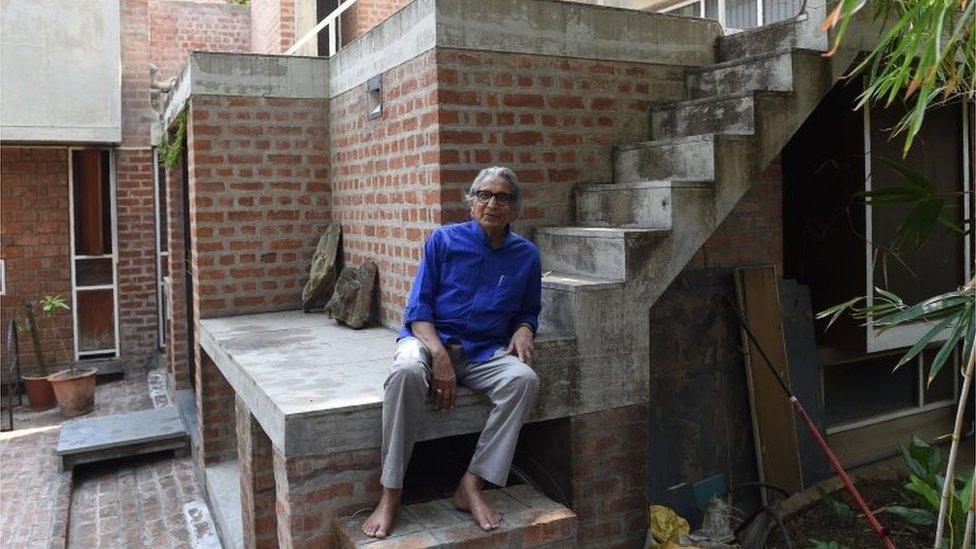
The jury added that Doshi "constantly demonstrates that all good architecture and urban planning must not only unite purpose and structure but must take into account climate, site, technique, and craft, along with a deep understanding and appreciation of the context in the broadest sense".
Doshi thanked the jury and said in a statement that his works "are an extension of my life, philosophy and dreams trying to create treasury of the architectural spirit".
"Every object around us, and nature itself - lights, sky, water and storm - everything is in a symphony."
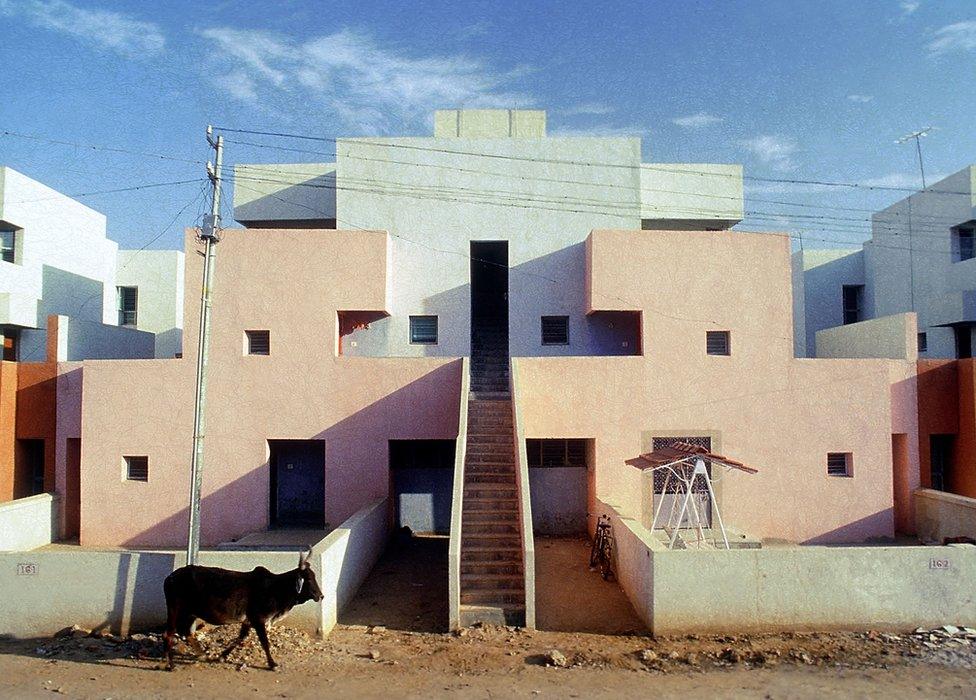
The Life Insurance Corporation Housing designed by Doshi in 1973
Speaking to BBC Gujarati, Doshi described how he views architecture as a medium. "When we wear clothes, we make sure they are comfortable. But fashion design is different from this. Similarly, what is appropriate for culture, space and the way people live is comfort.
"They feel happy, and this is when people celebrate their living. That is architecture, in my opinion."
Doshi studied in Mumbai, before travelling to Paris in the 1950s to work for the Franco-Swiss pioneer and iconic 20th century Modernist, Le Corbusier.
He stands out for his wide-ranging work in buildings, which include academic institutions, mixed-use complexes, housing projects, public spaces, galleries and private residences.
Referring to his childhood, Doshi told the BBC that he had been inspired by the multi-storey structures around him. "I used to see two- and three-storey buildings and how generations of a family would grow within them. People still live inside such buildings, and the certain charm and warmth of it, is what shaped my understanding of how homes should be."

Indore's scheme is testament to Doshi's goal of providing quality, affordable housing
One of his favourite housing projects is one that he designed for Life Insurance Corporation in the western city of Ahmedabad. "Here I knew that the houses would be occupied by several generations of the same family, that they would identify with it, that there will be a strong sense of belonging and that their needs will change, and that they may modify parts of it," Doshi said in a press release.
Known for reimagining low-cost housing, his design of one such scheme in the central city of Indore has more than 6,500 homes for some 80,000 low to middle income people.
A system of houses, courtyards and a labyrinth of internal pathways make it one of the most notable low-cost housing schemes in India.
"It seems I should take an oath and remember it for my lifetime: to provide the lowest class with the proper dwelling," Doshi said in 1954.
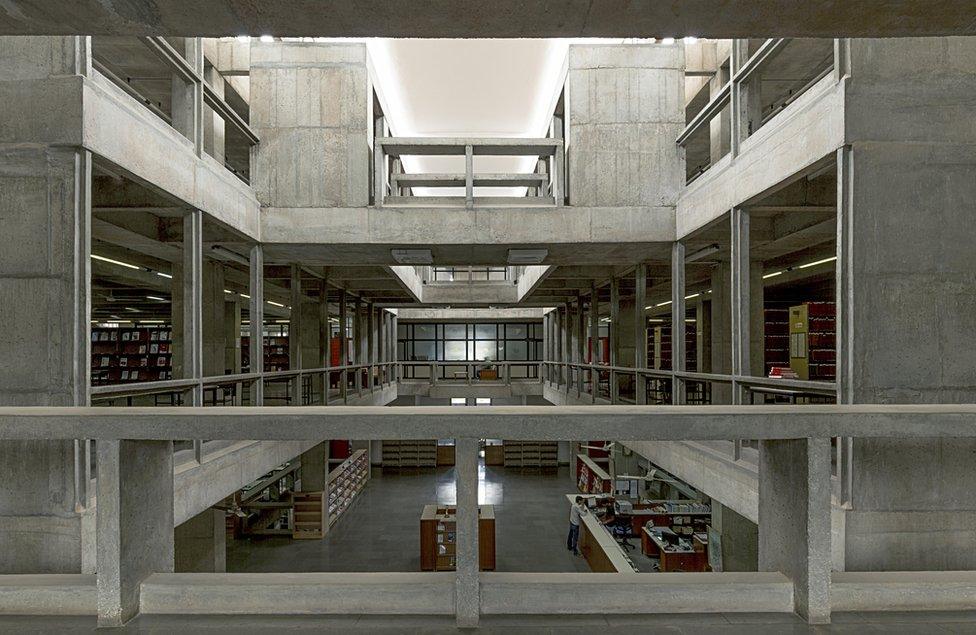
The Indian Institute of Management in Bangalore is renowned across the country
Doshi began studying architecture in 1947, the year India gained independence, at Mumbai's famous Sir JJ School of Architecture. And many of his notable works also include structures of institutions, like a top management school in the southern city of Bangalore.
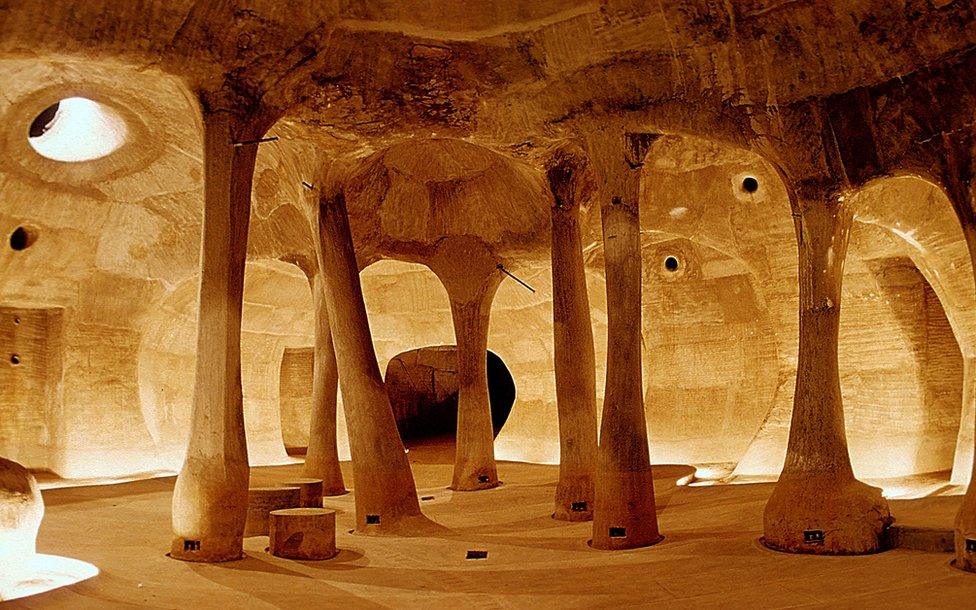
The Amdavad ni Gufa in Ahmedabad is an underground art gallery
In an interview with CNN, Doshi said that by winning this award, he hopes to draw attention to the infrastructure of social housing in India.
"These people have nothing - no land, no place, no employment," he said. "But if the government gives them a little piece of land, they can get a feeling of, 'I'm going to work hard, and find a way to build my own home.' If you put them together as a community, there's cooperation, there's sharing, there's understanding and there's this whole diffusion of religion, caste, custom and occupation."
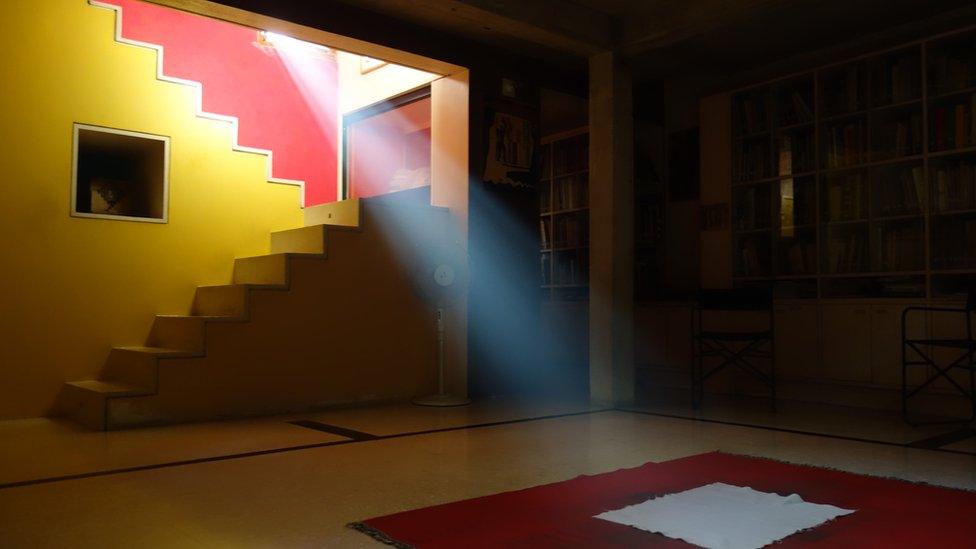
Doshi's own residence, Kamala House, was constructed in 1959
He will be awarded $100,000 (£80,591) at a ceremony in Toronto in May.
Previous winners of the coveted prize include Jørn Utzon who designed the Sydney Opera House, Oscar Niemeyer of Brazil and the British-Iraqi designer, Zaha Hadid.
Photos courtesy of VSF, AFP
- Published22 June 2017
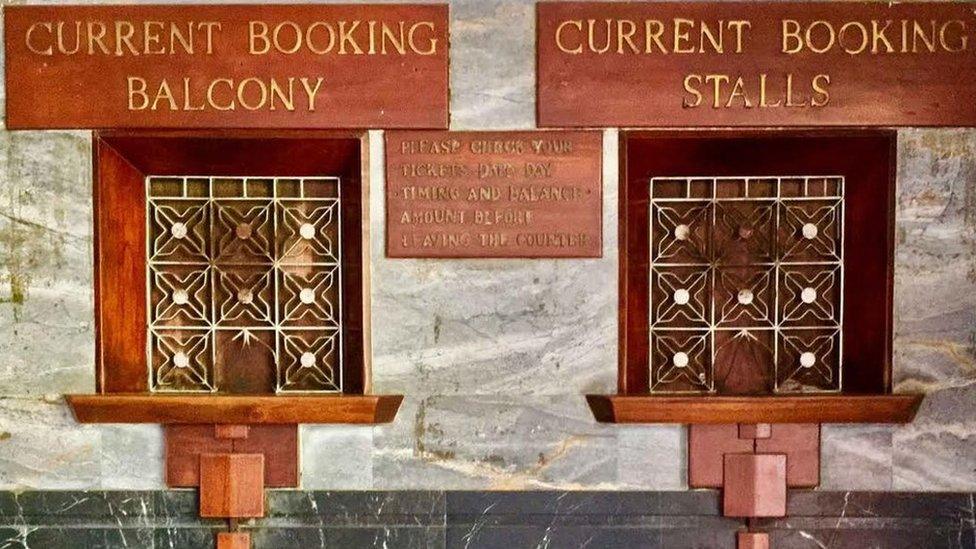
- Published25 August 2015
